Kraków 2010-04-01
Construction
215b Section 1968-09-28.
OKB Mikojan and Guriewicz MiG-21 R in Poland.
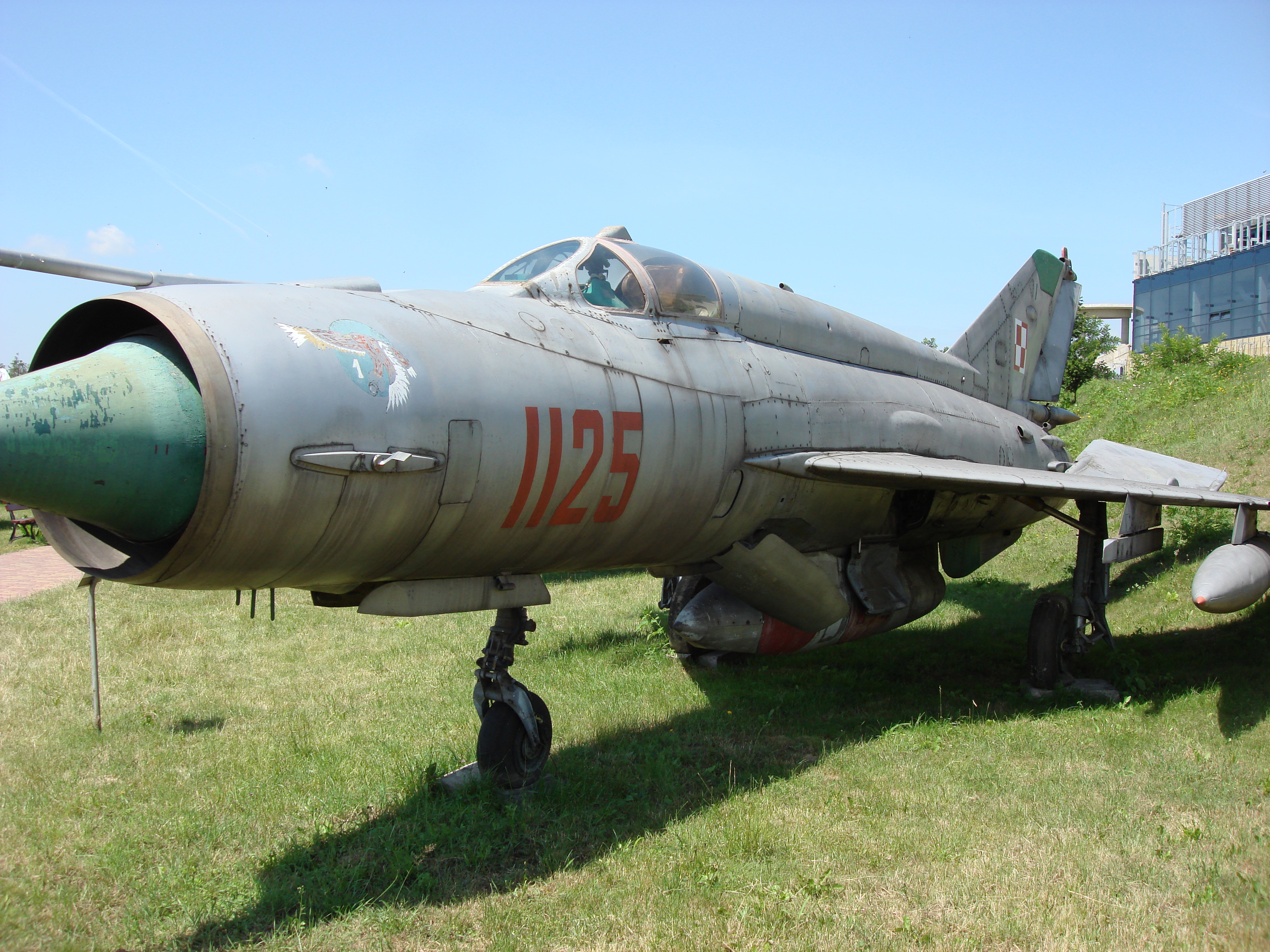
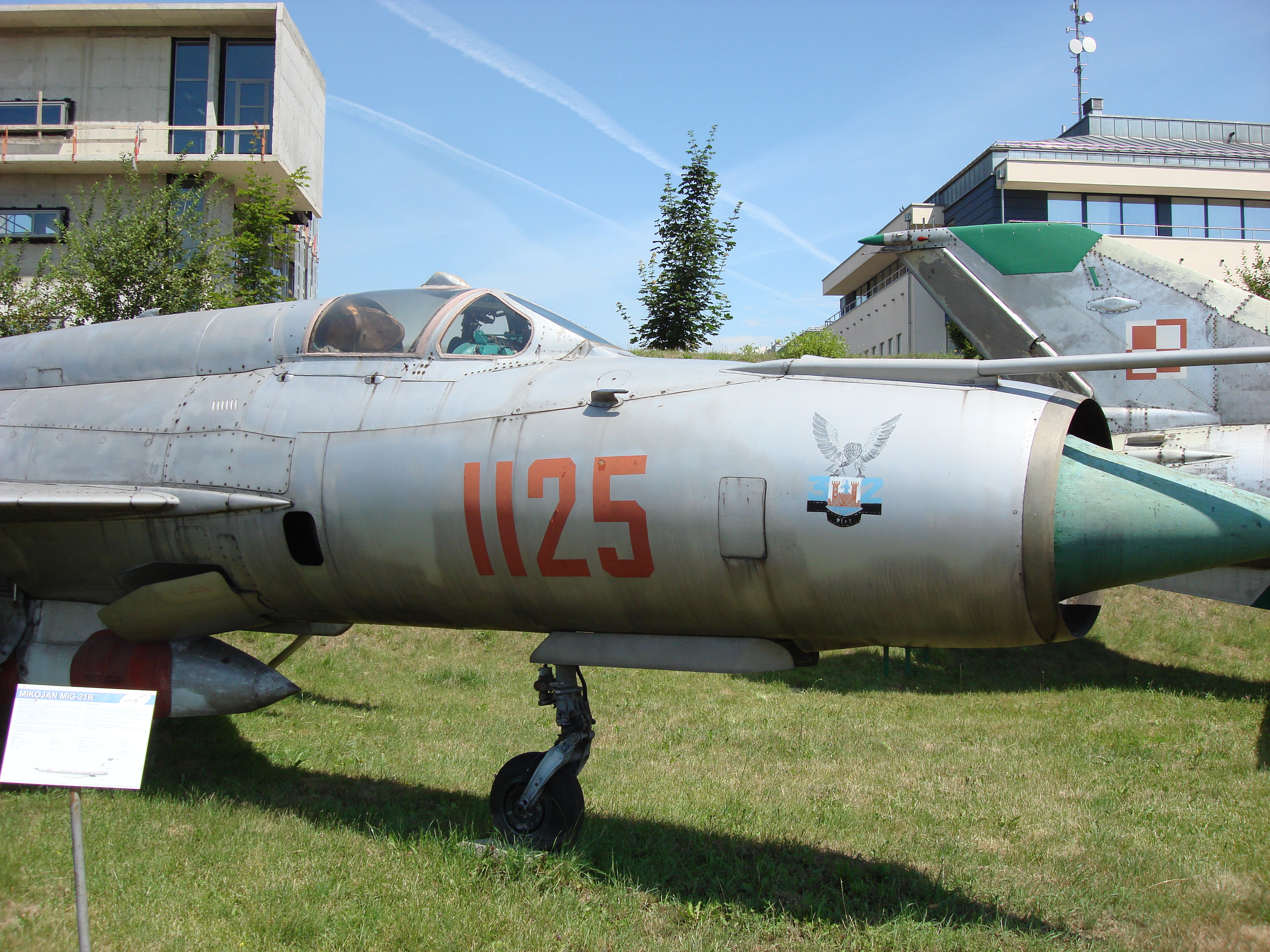
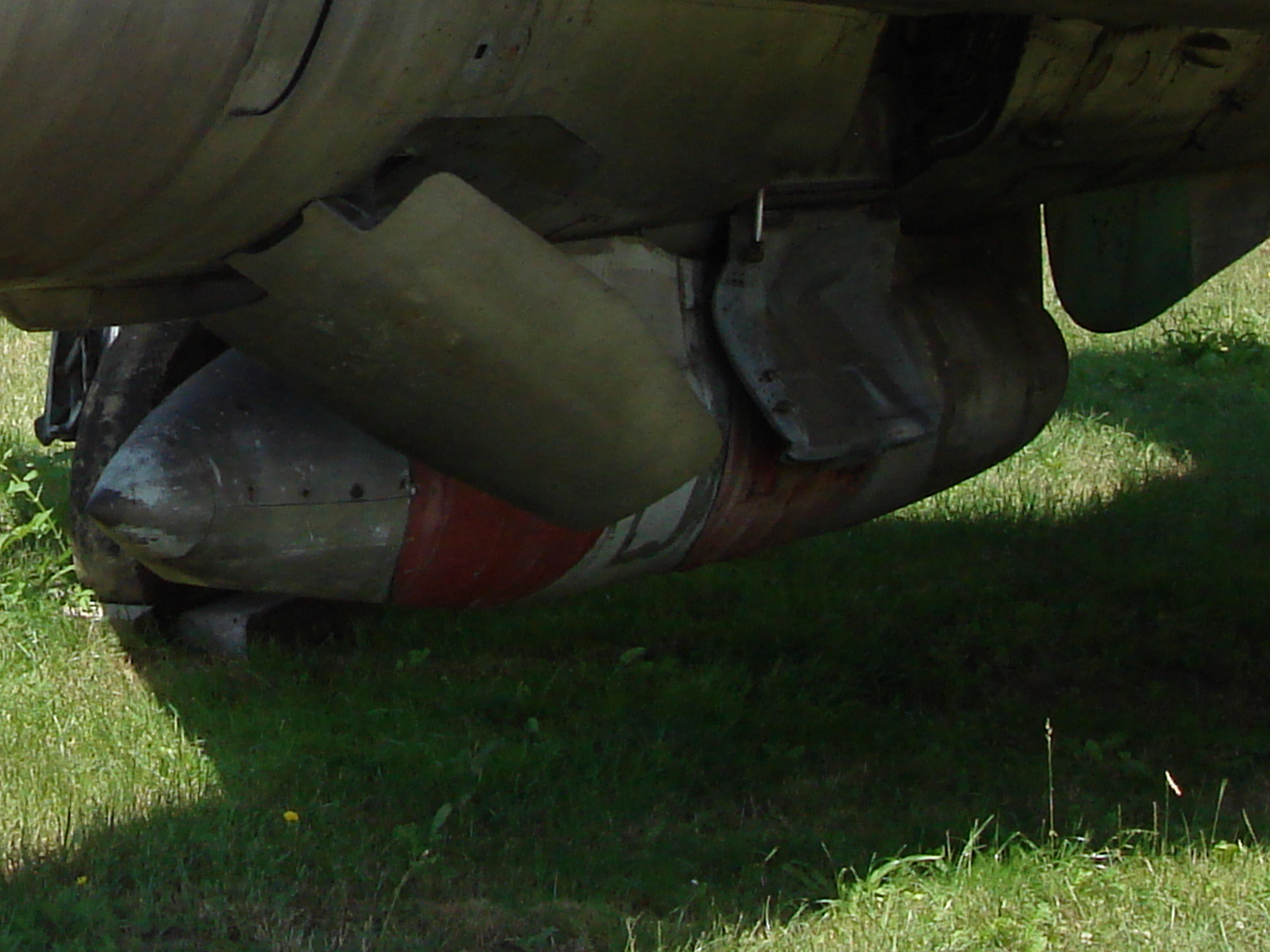
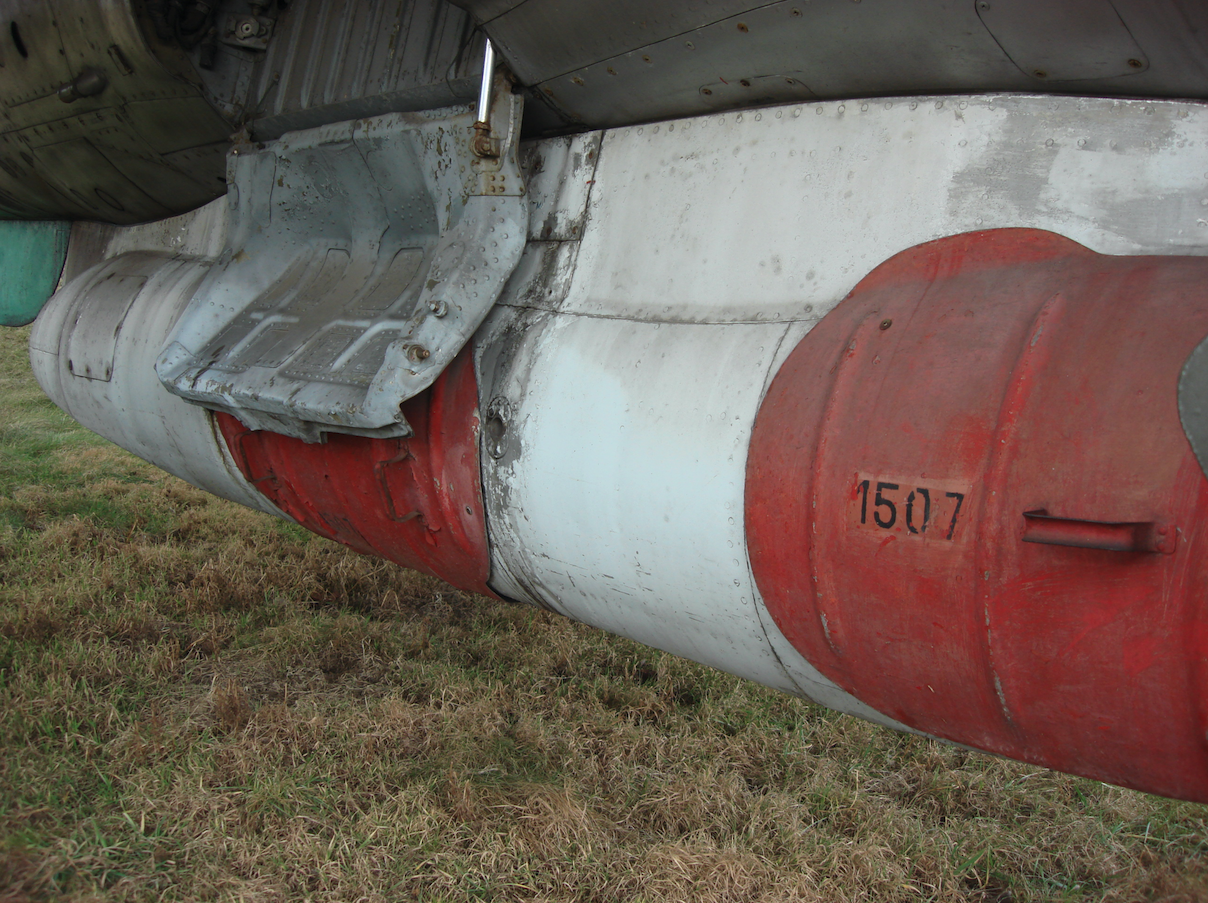
Construction MiG-21 R.
The MiG-21 R is the fourth version of the MiG-21 aircraft purchased by Poland. At the beginning it should be emphasized that the MiG-21 R did not lose the features of a fighter aircraft and could perform typical fighter tasks. In Polish Aviation it happened so and MiG-21 R aircraft served, at the end of their operation, as typical fighters in Krzesiny.
The MiG-21 R reconnaissance aircraft (Type 94 R) with the R-11 F2S-300 engine with SPS installation (flap air blowing) was developed on the basis of the MiG-21 PFM. The tank no. 1 was removed from the hull, the tank for hull no. 7 was increased to 340 liters. The total installation capacity is 2 800 liters. To achieve adequate range, the aircraft received an additional two external suspension hooks for 2 x 490 liters fuel tanks. Interestingly, the aircraft for repositioning has the ability to carry up to 3 suspended tanks. The ground speed of the airplane was limited to 1 150 km / h. A set of cameras was placed in the place of the first fuel tank.
Basic differences between the MiG-21 PFM and the MiG-21 R.
The superstructure between the pilot's cabin and the vertical tail increased significantly. As a result, the amount of fuel in tank No. 7 increased from 170 liters to 340 liters. The sword antenna of the radio has also disappeared.
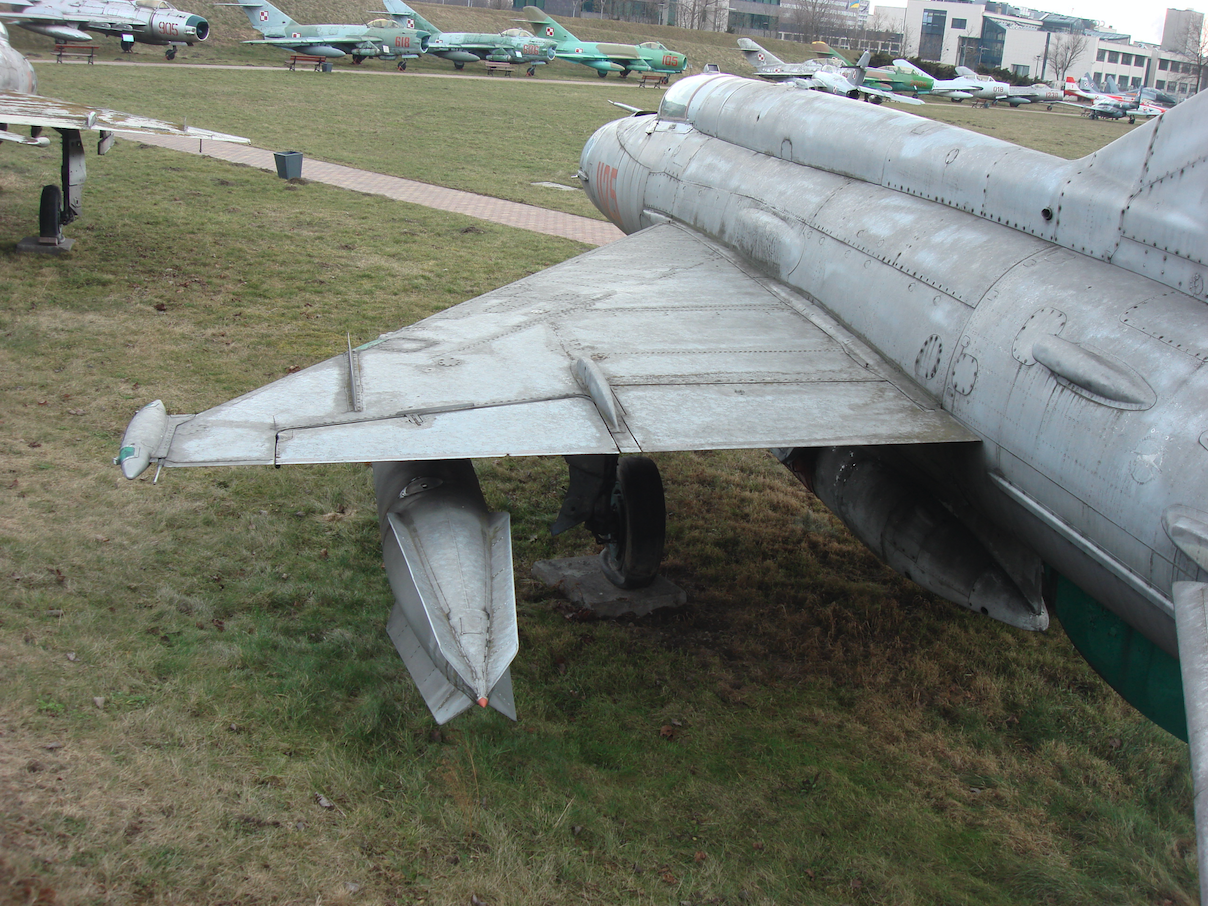
Inside the fuselage, the No. 1 fuel tank was liquidated, and reconnaissance equipment was installed, and above all, two or three aerial cameras.
Control panels appeared in the cockpit reconnaissance equipment mounted both in the hull and in recognition tanks suspended under the fuselage.
The aircraft received new equipment; autopilot AP-155, warning station SPO-3 / 3M, which warns from every direction (SPO-2 only from the rear), this station automatically fires or manually dipoles from the ASO-21 ejector, you can also manually fire the PRP-thermal cartridges from the aircraft 26 (more commonly known as flares).
Due to the new equipment, new antennas appeared on the fuselage (e.g. at the wing tips), while others changed the mounting location.
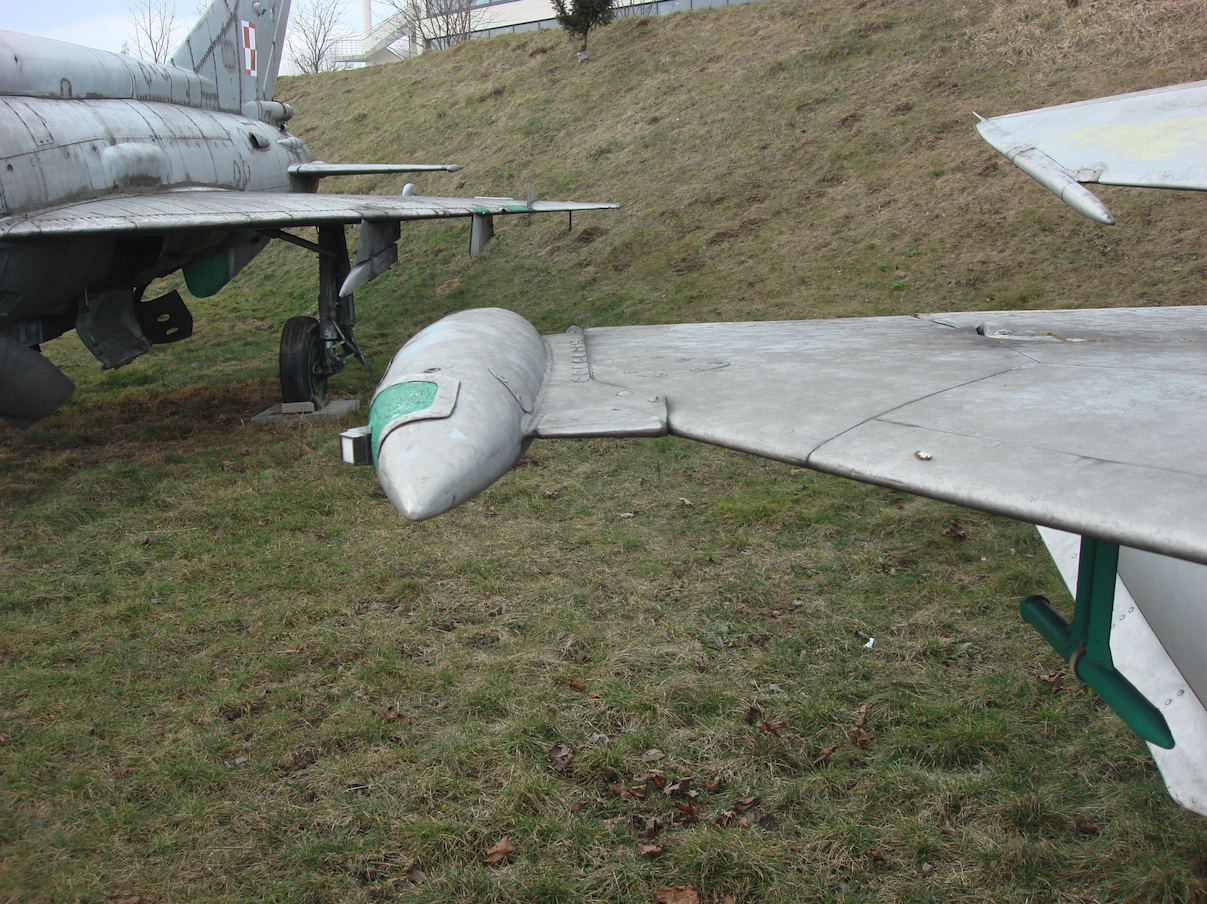
The visible difference is also the offset Pitot tube. From the central position it was moved slightly to the right.
Under the wings there is a second pair of catches designed for hanging additional fuel tanks with a capacity of 2 x 490 liters.
A reconnaissance tank hangs under the aircraft fuselage, but the aircraft has not lost the ability to carry an additional fuel tank in this place. So the plane can take three additional fuel tanks for transportation.
The aircraft can carry containers:
Type D - for daytime photography of 7 cameras.
Type R - radio-electronic reconnaissance station; SRS-6, SRS-7 M, Rhomb-4 A, Rhomb-4 B and A-39 photo camera.
Type N - for night photography 1 camera UA-47 and 152 illuminating cartridges FP-100. Not used in Poland.
Type T - TV recognition only in CCCP, Barij-M apparatus. Not used in Poland.
Polish aviation purchased two types of containers; type D and type R. These reservoirs have several common features. They are mounted centrally under the hull using the additional fuel tank fixing nodes and the additional node located behind the third aerodynamic brake. It should be noted that these containers are suspended only under the MiG-21 aircraft for which they were specially developed and are not suitable for other types of flying machines. When the bunkers are suspended under the hull, the third aerodynamic brake is locked and cannot be used. The two front air brakes operate unchanged. The containers have a shape similar to a cigar and they all have similar dimensions. Length about 4.80 m, maximum height about 0.65 m, width about 0.50 m. Their weight is about 150 kg.
Type D storage tank.
It has been adapted to take pictures in normal daytime weather conditions. 7 aerial cameras were installed on its deck. The upper part of the container is shaped like a beam and is its integral part. The ASzcz AFA-5M camera is placed in the front, taking pictures obliquely forward. Next were six more cameras with different focal lengths and pointing slightly to the right or left. The basic reconnaissance camera in Poland was the AFA-39 camera. In the rear part of the container there are compartments with power supply, cooling system and ejectors of radar and thermal traps.
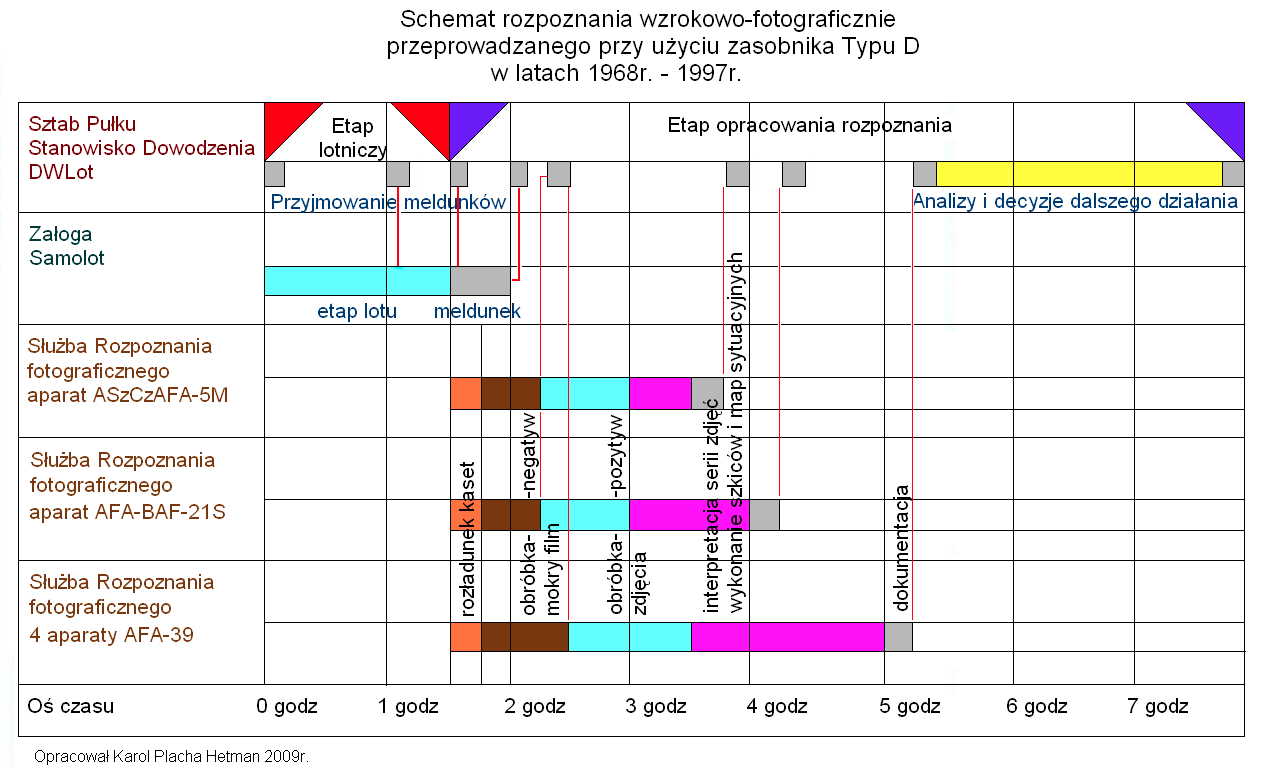
Type R storage tank.
It has been adapted to conduct RRE type recognition. The constructional tray R is close to the tray D. Its basic components are; SRS-6, SRS-7 M, Rhomb-4 A, Rhomb-4 B and AFA-39 photo camera. In the front part there is an AFA-39 camera. Its role is to take a photo of the area slightly forward, which is the basis for determining the place and time when the Rhomb apparatus was launched. The Rhomb apparatus consists of two main blocks, which differ in the range of recorded frequencies of electromagnetic radiation reaching the container from outside. The rays reach the Rhombic devices through the side windows (a pair for each) made of radio-transparent material (green color). When the Rhomb devices are started and working properly on the desktop, the remote control sees two pulsing green lights. For safety on the ground, these windows are covered with protective covers (in red). At the back of the tray there is a block for recording captured signals. Cooling and power supply systems were also placed there.
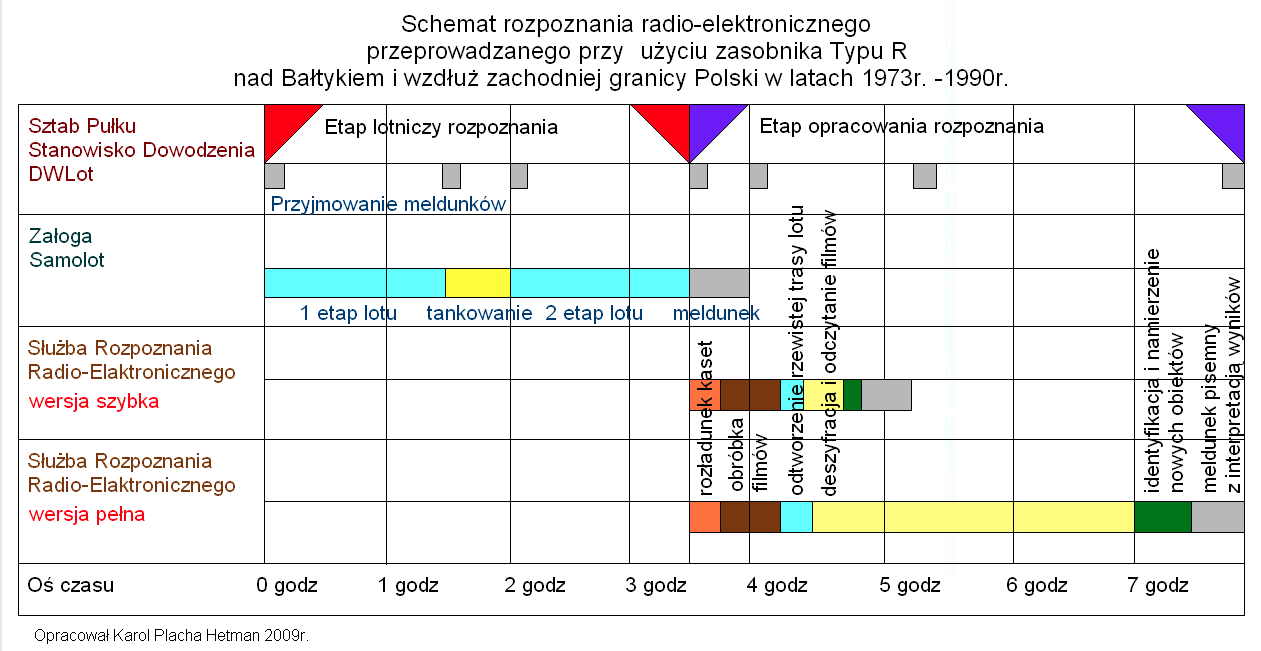
Written by Karol Placha Hetman
